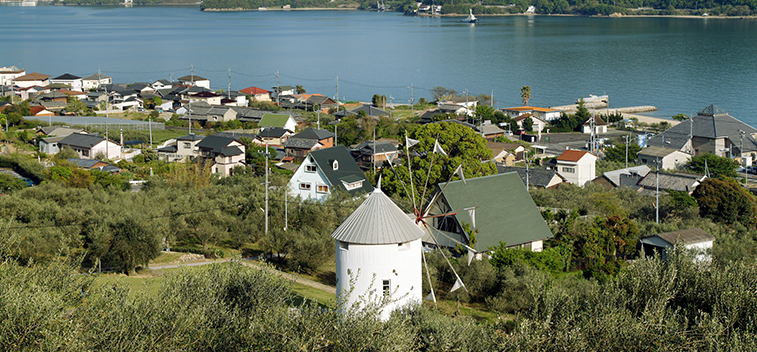
Olive trees in Hawaii? Of course. And also in Australia, Canada, Germany or Japan. These are some of the wonderful landscapes of the olive grove in which to take refuge in times of COVID-19.
At present, the olive tree is present in 67 countries on the five continents, professionally and industrially, even though in a more amateur way we can also find it in places such as the United Kingdom, Germany or Canada. Therefore, in one way or another, the more than 11.5 million hectares of olive groves that cover the planet extend to all those corners that the orography, climate and soil science allow. Next, we will delve into some of those places where, either due to its idiosyncrasy, circumstances or simply because of its location, the presence of the olive tree is at least interesting, exotic and suggestive.
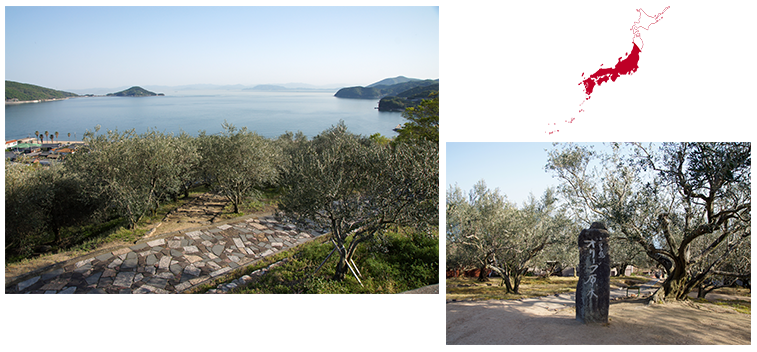
The olive tree came to Shodoshima from the US, in the first instance, and later from Europe, in the first decade of 1900. Hence the various existing varieties with different origins (Arbequina, Frantoio, Nevadillo, Manzanilla, Mission and Lucca). The promoter of the first exploitations was the Ministry of Agriculture and Commerce of Japan, in order to produce its own extra virgin olive oil. Juices to which the island's Mediterranean climate gives them sweet notes, with faint reminiscences in terms of aromas and flavor of a spring orchard, with nuances of immature almonds, and a firmness on the palate that makes them certainly exceptional. It should be noted that the island has a theme park dedicated entirely to olive trees, olives and olive oil.
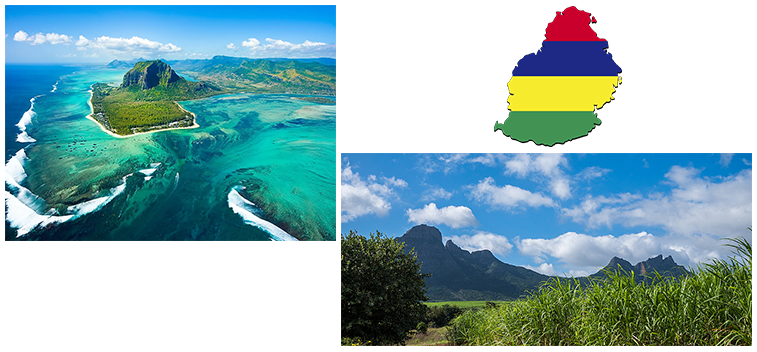
The island Mauritius, synonymous with luxury, relaxation and exoticism, is a sovereign country with about 180 kilometers of coastline located in the Indian Ocean with just over a million inhabitants residing in its paradisiacal surroundings. One of the most remote, wild and exotic places is the Bras d'Eau reserve, a site on the east coast of just under 500 ha., An authentic indigenous forest covered with wild olive trees (wild olive trees) and ebonies, which are accompanied sporadically other exotic species such as eucalyptus, araucaria, etc. Already in the 15th century, the island's inhabitants used the oil extracted from the fruit of these ancient wild olive trees of the African subspecies as an inestimable merchandise exchanged with visitors, tourists, passers-by, sailors and all those who visited the island due to its geographical location and strategic position in relation to international maritime routes. The EVOO obtained, made on the island using traditional methods, almost rudimentary, is aromatic, spicy and with some bitter note, with wild and exotic reminiscences of mint, thyme and red fruits that make it exquisite and unique.
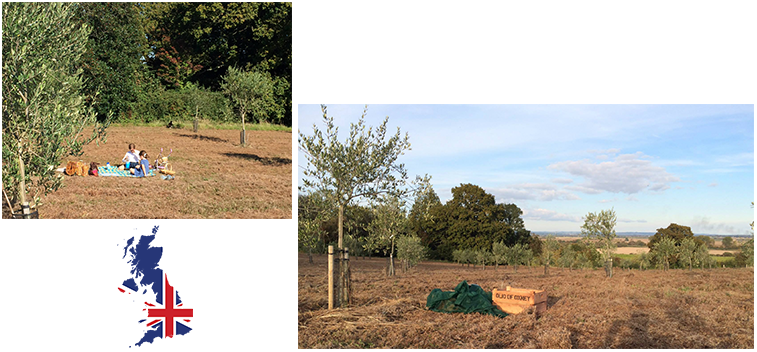
The Island of Oxney (United Kingdom), located in the south of the country, in the county of Kent, is a site whose name - adopted during the 16th century - has become a simple nickname over time, since today it is nothing more than a promontory on the mainland that is no longer surrounded by water. In this environment, one of the driest and warmest places in the UK, in 2002 the Davy family - after enjoying their honeymoon in Italy and soaking up its culture and philosophy of life - made their dream of planting olive trees come true. Three years later he already had 2 ha. of olive groves, about 200 trees in total, mainly of the frantoio and leccino varieties, producing a tasty table olive and a harmoniously balanced olive oil.
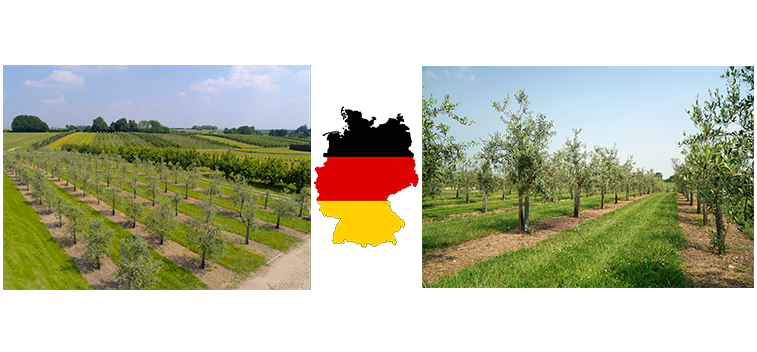
Finally, in the Rheinland region (Germany), divided on both sides of the Rhine, with a Nordic climate attenuated by the effect of the river course, since 2005 - and thanks to the initiative of the Becker brothers, owners of the Stommelner Heinz Becker nursery - they are part of the natural environment in the Bay of Colonia about 220 dry olive trees and a single foot at 3.5 x 4 m. distributed in just over 1.5 ha .; almost all of them of the leccino variety imported from Italy. Its fruits give an extraordinary EVOO of intense fruity, with generous reminiscences of artichoke, alloza and immature tomato, structured and velvety in the mouth. One more example of the olive tree taking root not only in its common habitat, but also in those areas blessed by exclusive microclimates due to the unfathomable whims of Mother Nature.
By Juan Vilar Hernández, international olive oil analyst, strategic consultant and university professor for the EVOOLEUM 2021 Guide
Source: Mercacei